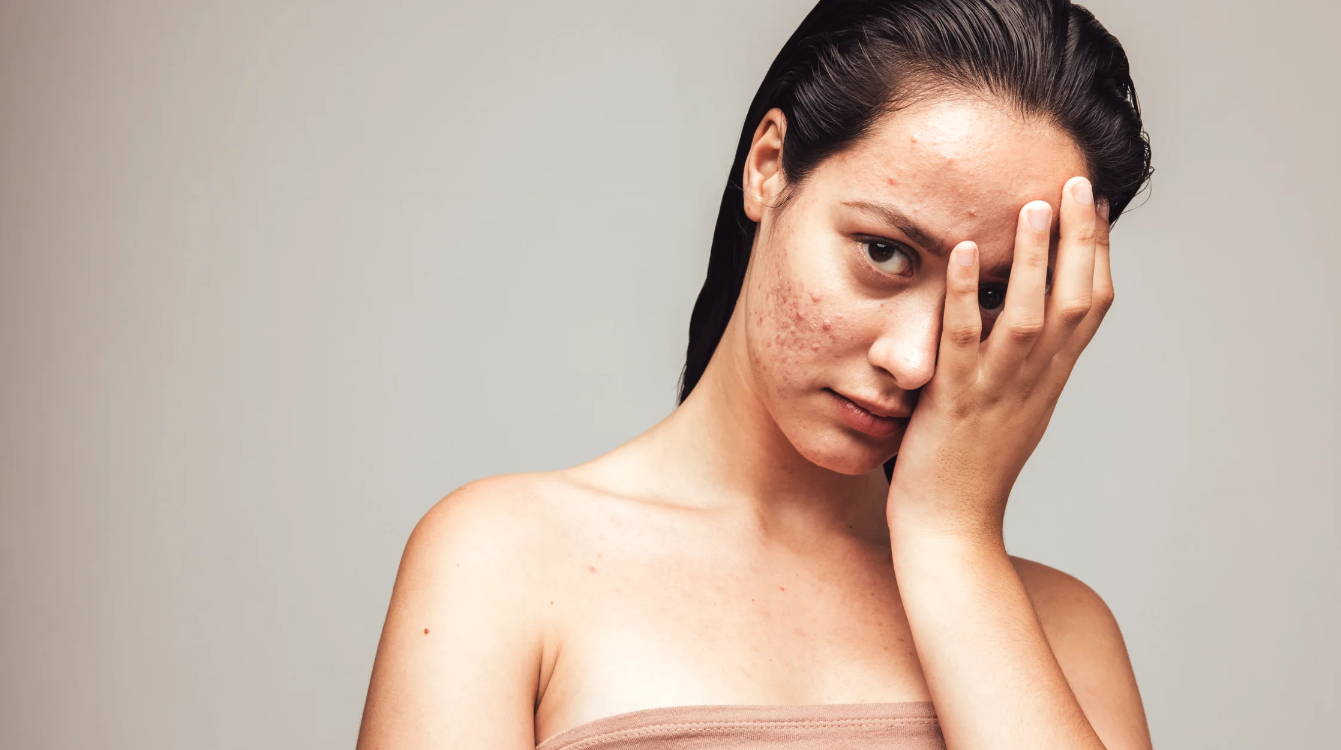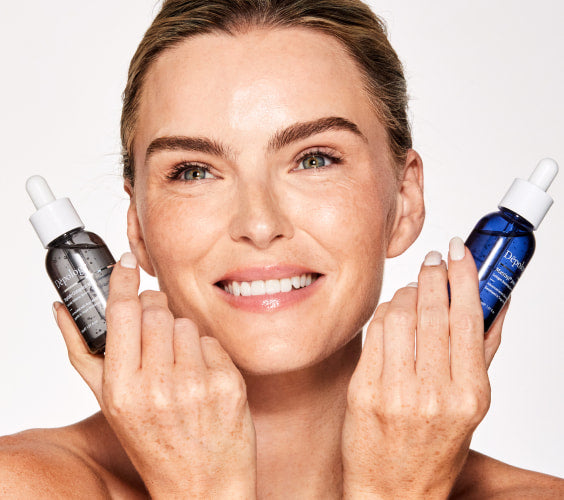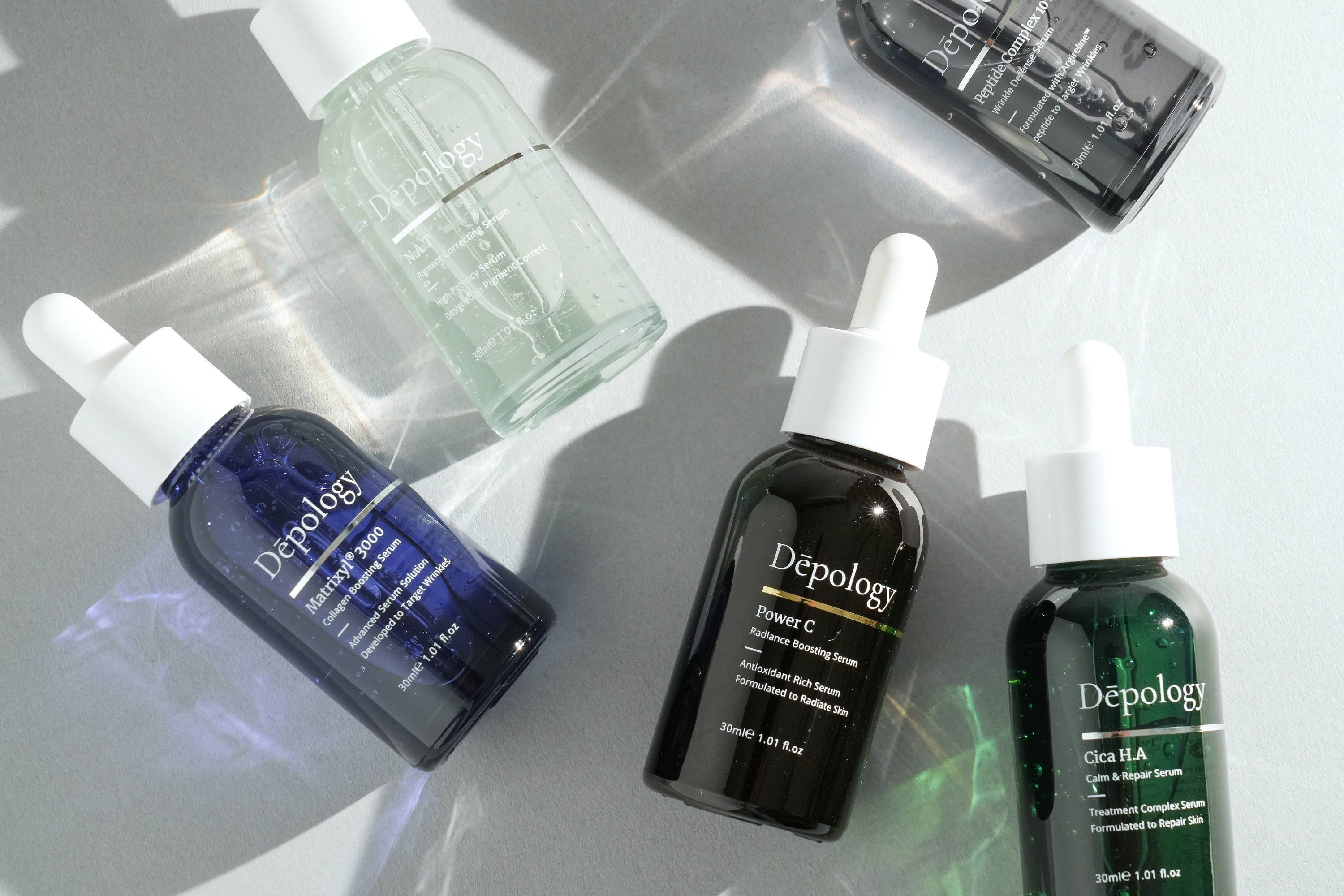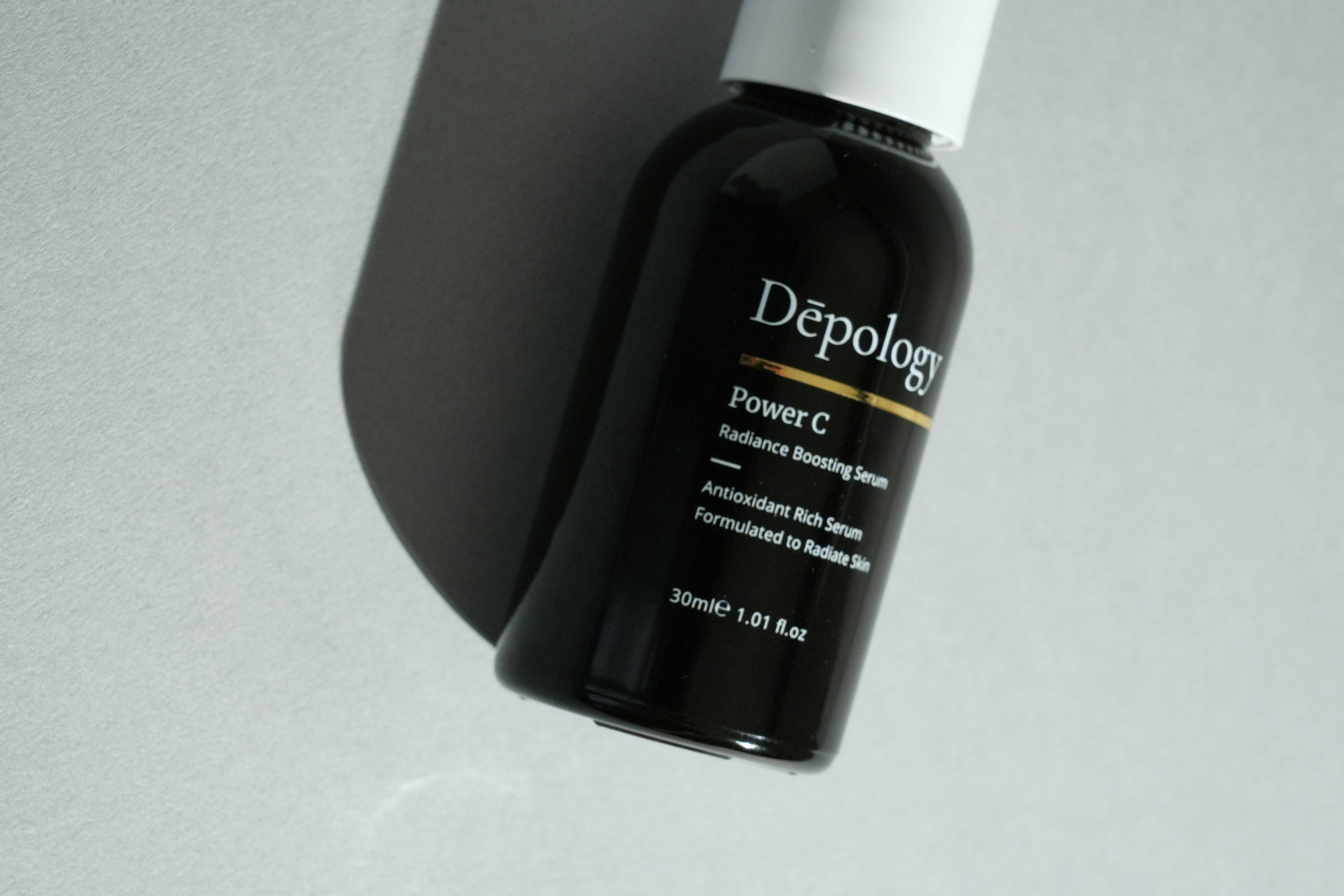
Different Types Of Pimples And Acne : Explained
Acne is a common skin condition that affects people of all ages and backgrounds. While it's often associated with teenage years, it can persist into adulthood and appear in various forms. Understanding the different types of acne is essential for effective treatment.
From whiteheads and blackheads to severe cystic acne, each type has its own characteristics. Whether you have occasional breakouts or chronic acne, this guide will help you understand how to achieve clearer, healthier skin.
What are the different types of acne scars?
Acne scars are permanent marks left on the skin after acne heals. They vary in size, shape, and depth depending on genetics, severity of acne, and skin type. The main types include:
- Icepick Scars: Deep, narrow, V-shaped scars resembling small puncture holes.
- Boxcar Scars: Wider scars with sharp edges and a box-like appearance.
- Rolling Scars: Broad, shallow, wave-like indentations.
- Hypertrophic Scars: Raised scars caused by excess collagen.
- Keloid Scars: Thick, raised scars extending beyond the original wound.
- Post-Inflammatory Hyperpigmentation (PIH): Dark spots caused by excess melanin after acne heals.
- Erythematous Scars: Red or pink marks from dilated blood vessels.
- Mixed Scars: A combination of multiple scar types.
Common treatments include laser therapy, chemical peels, dermabrasion, dermal fillers, and topical skincare.
What is the difference between a cyst and a zit?
Cysts and zits are both acne lesions but differ in severity and depth.
Cyst
Cysts are large, pus-filled lumps deep under the skin. They are often painful, swollen, and related to severe acne. They form when oil, dead skin, and bacteria accumulate deep inside hair follicles. Cysts typically require medical treatment such as corticosteroid injections or oral medication.
Zit (Pimple)
Zits are smaller, surface-level bumps caused by clogged follicles filled with oil, bacteria, and dead skin. They often have a white or yellow head and can be treated with over-the-counter ingredients like benzoyl peroxide or salicylic acid.
How to remove pimples on your face: steps
Popping pimples is not recommended, but if you must, follow safer steps:
- Clean your hands with soap and warm water.
- Disinfect a needle with rubbing alcohol.
- Warm compress the pimple to soften it.
- Gently prick the surface with the sterile needle.
- Press with tissue and avoid squeezing too hard.
- Clean afterward with mild cleanser or salicylic toner.
- Apply antibiotic ointment.
- Do NOT keep picking.
- Use a small bandage if needed.
How to properly heal pimples and acne scars
Healing pimple scars—including post-inflammatory hyperpigmentation—requires consistency and patience. Treatment depends on scar type and severity. Here are effective steps:
Protect Your Skin from the Sun: UV exposure can darken scars. Use SPF 30+ daily.
Topical Products: Use active ingredients like Vitamin C, retinoids, and hydroquinone. Vitamin C brightens skin and fades dark spots. Retinoids increase cell turnover and help collagen production.
Recommended: Cica H.A. Calm & Repair Serum
Exfoliation: Gentle AHA or BHA exfoliation promotes cell turnover. Avoid harsh scrubs.
Silicone Gel Sheets: Helps flatten and soften raised acne scars.
Professional Treatments: Chemical peels, laser therapy, dermal fillers, and microneedling can be tailored to your scar type.
Avoid Picking: Picking increases inflammation and worsens scarring.
Healthy Lifestyle: A diet rich in antioxidants, adequate sleep, and stress management supports healing.
Not all scars disappear completely, but proper care can dramatically improve their appearance.
What is the best skincare routine for acne scarring?
An effective routine should focus on healing, reducing inflammation, and improving skin texture. Results take time—consistency is key.
AM Routine
-
Cleanser: Choose a gentle cleanser with salicylic, glycolic, or lactic acid.
Recommended: Cica Redness Relief Cleanser
-
Vitamin C Serum: Brightens the skin and fades hyperpigmentation.
Recommended: Power C Antioxidant Radiance Serum
- Sunscreen: SPF 30+ to prevent dark spots from worsening.
PM Routine
-
Cleanser: Use the same gentle cleanser as in AM.
-
Exfoliation (2–3x/week): Use AHAs or BHAs to increase cell turnover. Avoid over-exfoliating.
-
Treatment: Serums with niacinamide, licorice root, or alpha arbutin help brighten scars.
Recommended: Caffeine Cooling Eye Serum Stick
-
Moisturizer: Lightweight, non-comedogenic options with hyaluronic acid or ceramides.
Recommended: Tri-Active Matrixyl® Complex Cream
-
Spot Treatment: Use benzoyl peroxide or salicylic acid on active breakouts.
Recommended: Dark Spot Correcting N.A.T. Serum
Weekly Treatments
Face Masks: Clay, sulfur, or charcoal masks help detoxify oily skin.
Recommended: Pro-Firming Matrixyl® 3000 + Dynalift™ Night Mask
Sheet Masks: Hydrating masks with hyaluronic acid or aloe soothe the skin.
Additional Tips
- Consult a dermatologist for severe scarring.
- Be patient: scar fading takes time and consistency.
- Healthy lifestyle: Diet, sleep, and stress management matter.
Definition of “skin-popping” scars
“Skin-popping” refers to injecting drugs under the skin instead of into a vein. This method can cause serious health risks including:
- Infection: High risk of abscesses and cellulitis.
- Tissue Damage: Scarring or even necrosis.
- Delayed Effects: Higher chance of overdose due to slow absorption.
- Disease Risk: HIV, hepatitis, and other complications.
Conclusion: How to deal with different types of pimples
Acne scars can significantly impact your confidence, but understanding the different scar types is the first step toward smoother, more even-toned skin. Whether you're dealing with atrophic scars or raised scars, there are effective solutions—from topical products and exfoliation to advanced treatments like laser therapy and microneedling.
The keys to improving acne scars are consistency, patience, and working with a skincare professional to build a personalized plan for your skin type and scar category. With the right care, you can make meaningful progress and restore your skin’s natural radiance.













